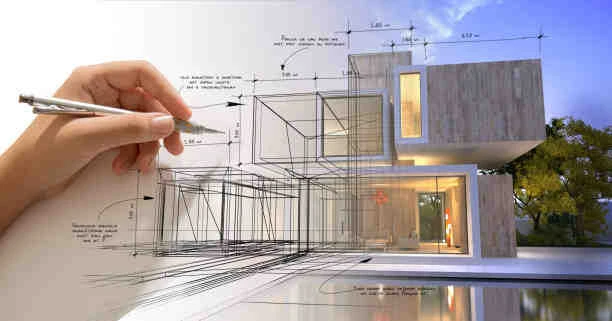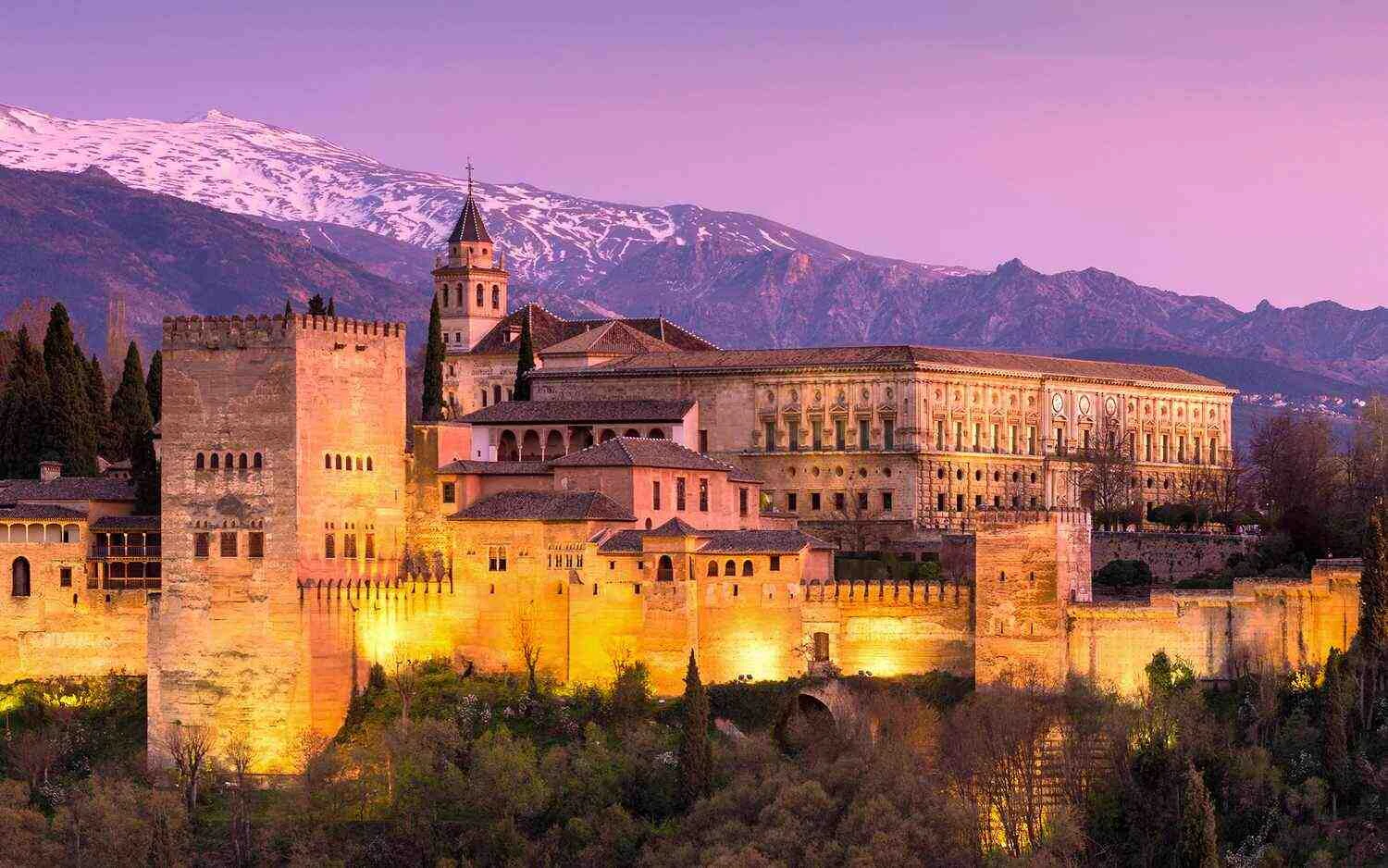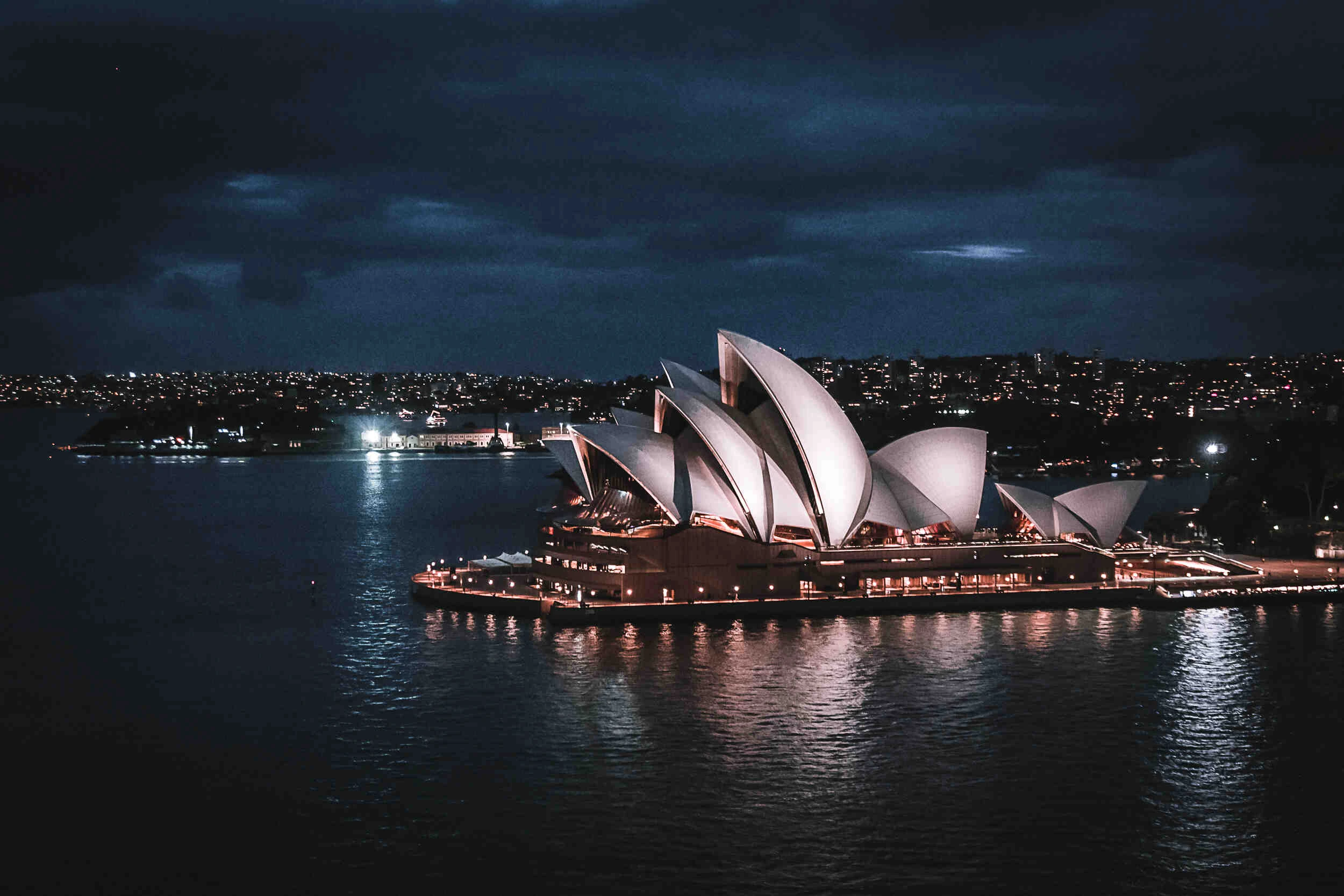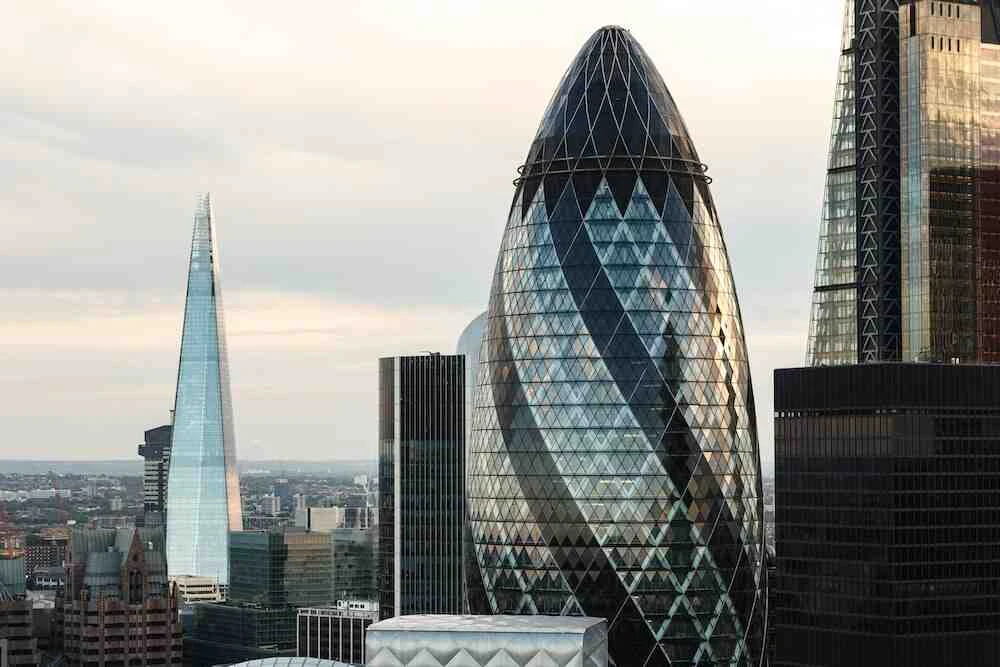The Glass Pavilion by Steve Hermann
Our first stop is the Glass Pavilion, a breathtaking architectural masterpiece designed by Steve Hermann, located in Montecito, California. This 14,000-square-foot residence redefines luxury through the lens of minimalism. The entire structure is encased in glass, blurring the boundaries between indoor and outdoor spaces. Clean lines, a monochromatic palette, and meticulous attention to detail make this home a stunning example of modern minimalism. Natural light floods every corner, creating an atmosphere of serenity and transparency. This design showcases how minimalism can elevate the concept of luxury living.
- Casa Bruma by Fernanda Canales
Next, we travel to Valle de Bravo, Mexico, to explore Casa Bruma, a striking example of modern minimalism in residential architecture, designed by Fernanda Canales. Nestled amidst nature, this retreat seamlessly integrates with its surroundings. The use of concrete, wood, and glass forms a minimalist canvas that accentuates the simplicity of the design. With its open floor plan, unadorned geometric shapes, and a focus on functionality, Casa Bruma offers residents a tranquil living space where they can connect with the environment harmoniously.
- The Chapel of Silence by K2S Architects
In the heart of Helsinki, Finland, we discover the Chapel of Silence, a unique public architectural gem designed by K2S Architects. This minimalist chapel provides a quiet haven for reflection and contemplation in the midst of a bustling city. The chapel"s curved wooden structure and expansive glass facades invite natural light, creating an atmosphere of serenity. Inside, simplicity reigns supreme, with plain wooden pews and a central altar, allowing visitors to concentrate on their thoughts and the surrounding beauty of nature.
- The National Museum of Qatar by Jean Nouvel
Our architectural journey takes us to Doha, Qatar, where we encounter the awe-inspiring National Museum of Qatar, designed by the visionary architect Jean Nouvel. Inspired by the desert rose, a crystalline formation found in arid regions, this museum"s design is a testament to modern minimalism"s power. Its exterior consists of interlocking disks made of sand-colored concrete, forming a dynamic and ever-changing facade. Inside, the museum offers a minimalist and immersive experience with cavernous spaces, undulating walls, and an abundance of natural light. Jean Nouvel"s design not only pays homage to Qatar"s cultural heritage but also exemplifies how modern minimalism can transform contemporary architecture.
- Farnsworth House by Ludwig Mies van der Rohe
Our architectural journey wouldn"t be complete without a visit to the iconic Farnsworth House, designed by Ludwig Mies van der Rohe in Plano, Illinois, in 1951. This mid-20th-century masterpiece is a pioneering example of modern minimalism. The house is a study in simplicity, consisting of a single rectangular glass and steel structure raised on stilts. Its interior is a spacious, open plan, allowing nature to take center stage. The Farnsworth House demonstrates how timeless and enduring modern minimalism can be, even after several decades.
- The Teshima Art Museum by Ryue Nishizawa
Our next destination is Teshima Island in Japan, home to the Teshima Art Museum, designed by Ryue Nishizawa. This remarkable structure challenges conventional notions of architecture. A seamless, egg-shaped shell of concrete blends seamlessly into the natural landscape. Inside, an undulating floor of terrazzo and scattered water droplets create a surreal and immersive experience. The Teshima Art Museum showcases how modern minimalism can push the boundaries of architectural design, blurring the lines between art and architecture.
- The Harbin Opera House by MAD Architects
China"s Harbin Opera House, designed by MAD Architects, is a striking example of modern minimalism on a grand scale. Located in the cold northeastern city of Harbin, this architectural marvel is a testament to the fusion of nature and human creation. The building"s sinuous, white aluminum panels mimic the natural flow of water and ice, creating a sense of fluidity and grace. Inside, the minimalist design continues with sweeping, sculptural forms that envelop visitors in an otherworldly experience. The Harbin Opera House exemplifies how modern minimalism can be adapted to create awe-inspiring cultural landmarks.
- The Sancaklar Mosque by Emre Arolat Architects
In Istanbul, Turkey, the Sancaklar Mosque designed by Emre Arolat Architects showcases the profound impact of modern minimalism in religious architecture. This mosque stands as a stark contrast to the ornate and intricate designs often associated with places of worship. Its minimalist design focuses on tranquility and reflection. The mosque is constructed with raw concrete, its interior illuminated by a narrow slit at the ceiling that allows light to filter gently into the space. The Sancaklar Mosque demonstrates how minimalism can create a sacred and contemplative atmosphere.
- The Oslo Opera House by Snøhetta
Traveling to Oslo, Norway, we encounter the Oslo Opera House, a spectacular modern minimalist structure designed by Snøhetta. This cultural landmark is characterized by its sweeping, white marble roof, which extends to the ground, inviting visitors to walk on its surface. The minimalist interior features clean lines and a neutral color palette, allowing the focus to remain on the performances and the surrounding natural beauty of the Oslo Fjord. The Oslo Opera House exemplifies how modern minimalism can shape the identity of a city and its cultural institutions.
- The Ghost Houses by BPN Architects
Our final destination takes us to Seattle, Washington, where we find the Ghost Houses, a pair of minimalist residences designed by BPN Architects. These twin structures are a lesson in blending modern minimalism with sustainability. Clad in charred cedar, the Ghost Houses are inspired by traditional Japanese architecture. Their simple, rectangular forms and minimalistic interiors offer a peaceful and environmentally conscious living space. The use of sustainable materials and energy-efficient design principles showcases how modern minimalism can contribute to a greener future.
Conclusion
In a world often characterized by excess and complexity, modern minimalism in architecture offers a refreshing perspective. These ten architectural designs from around the globe demonstrate how minimalism can transcend cultural boundaries, create harmony with nature, and redefine luxury and functionality. From residential retreats to iconic cultural landmarks, modern minimalism has proven its enduring appeal and ability to shape the future of architecture. As we continue to evolve in the 21st century, these designs inspire us to appreciate the elegance of simplicity and the profound impact it can have on our built environment.











